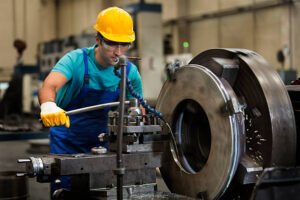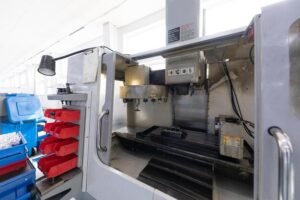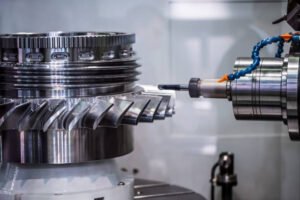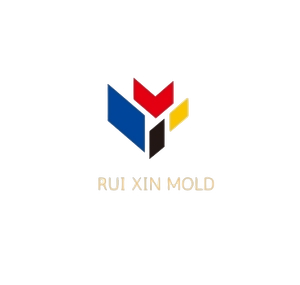Catalog
Tags

CNC machining is a cornerstone of modern manufacturing, offering precision, scalability, and versatility. But with countless service providers claiming excellence, how do you pick the right one? Whether you’re a startup prototyping a new product or an enterprise optimizing supply chains, this guide reveals the critical factors to evaluate before committing to a CNC machining partner.
Table of Contents
Understanding CNC Machining Basics
CNC (Computer Numerical Control) machining uses pre-programmed software to control tools like lathes, mills, and grinders. It’s ideal for high-precision parts with tight tolerances (±0.001 inches or better). Unlike 3D printing, CNC is subtractive manufacturing, carving material from solid blocks.

For deeper insights, read our guide on CNC vs. 3D Printing.
Common CNC Processes
- Milling: Rotating tools cut material (best for complex geometries).
- Turning: The workpiece rotates while a tool shapes it (ideal for cylindrical parts).
- EDM (Electrical Discharge Machining): Uses sparks to mold hard metals.
Material Selection: Balancing Cost and Performance
Your material choice impacts durability, cost, and lead time. Here’s a quick comparison:
| Material | Pros | Cons |
|---|---|---|
| Aluminum 6061 | Lightweight, corrosion-resistant | Lower strength than steel |
| Stainless Steel 304 | High strength, food-safe | Expensive, harder to machine |
| ABS Plastic | Low cost, easy to machine | Not heat-resistant |
For aerospace or medical applications, consult ASM International’s material database.
Machine Capabilities and Tolerances
Not all CNC machines are equal. Key specs to ask about:
- Axis Count: 3-axis (basic), 5-axis (complex contours).
- Maximum Part Size: Check bed dimensions.
- Surface Finish: Ra (Roughness average) values under 32 µin are typical for polished parts.

Why Supplier Experience Matters
A vendor’s industry expertise can make or break your project. Look for:
- Case studies in your sector (e.g., automotive, medical).
- Certifications like ISO 9001 or AS9100.
- Reviews on platforms like ThomasNet.
Cost vs. Quality: Avoiding Hidden Pitfalls
Low bids may skip critical steps like post-machining inspections. Always request:
- Detailed quotes with breakdowns (material, labor, finishing).
- DFM (Design for Manufacturing) feedback to reduce costs.
- Prototyping before full production runs.
Frequently Asked Questions
Q: How do I know if my design is CNC-friendly?
A: Avoid sharp internal corners (tool radius limits cuts) and ultra-thin walls (<3mm may warp). Use our free DFM checklist.
Q: What’s the typical lead time for CNC parts?
A: 1-2 weeks for simple designs; complex parts may take 3-4 weeks. Expedited services often cost 30-50% more.
Q: Can CNC machining handle alloys like Titanium?
A: Yes, but specialized tooling is required. Confirm if your vendor has experience with reactive metals.
Final Thoughts
Choosing a CNC machining service isn’t just about price—it’s about precision, reliability, and partnership. Prioritize vendors who proactively address design challenges and offer transparent communication. For further reading, explore our post on Selecting Manufacturing Partners.
Need Precision CNC Machining for Your Mold Components?
We specialize in custom CNC machining of mold inserts, slide cores, ejector plates, mold bases, and lifters
all made to your exact drawings and specifications.
👉 Let’s Build Your Next Project Together!
Tell us your needs and upload your drawings — we’ll get back within 24 hours.
